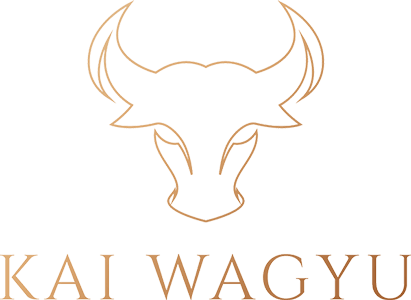Have you ever cooked your own Wagyu?
If you have never had this amazing cut of meat before cooking it might seem a little intimidating. Now with the availability of high-quality wagyu beef from reputable purveyors, such as Kai Wagyu, it’s now easier than ever to bring the experience of cooking wagyu to your home, but you might want to try it first at a restaurant first before cooking such an expensive cut of meat on your own.
Try it before you buy it
The buttery texture, incredible flavor, and rich marbling can leave you craving for more. When it comes to high-quality Wagyu beef, there are plenty of options to choose from. Whether you’re in the mood for a juicy Wagyu steak, a decadent Kobe beef burger, or an Australian Denver steak, these top Wagyu Restaurants in Southern California are known for serving some of the best dishes around. Put these restaurants on your must visit list next time you find yourself hungry in So Cal.
-
La Carniceria Wagyu – La Habra
105 W Lambert Rd # C, Brea, CA 92821La Carniceria Wagyu in La Habra, California offers high-quality Wagyu beef dishes that are sure to satisfy your taste buds. From succulent steaks to juicy burgers, their menu is full of delicious options that are perfect for any meat lover. This Southern California Wagyu restaurant prides itself on sourcing only the finest quality Wagyu beef and preparing it to perfection.
-
Wally’s Beverly Hills – Beverly Hills (Other locations in Santa Monica and Las Vegas)
447 N Canon Dr, Beverly Hills, CA 90210Wally’s Beverly Hills is a chic wine bar and restaurant that serves a variety of upscale Wagyu beef dishes. Their menu includes Wagyu beef carpaccio, Wagyu beef sliders, and a 30-day dry-aged Wagyu ribeye.
https://www.wallywine.com/restaurants/
-
CUT by Wolfgang Puck – Beverly Hills
9500 Wilshire Blvd, Beverly Hills, CA 90212CUT is a modern steakhouse that is renowned for serving some of the best Wagyu beef dishes in Los Angeles. Their menu features a variety of Wagyu cuts, including Japanese A5 Wagyu and American Wagyu, and the restaurant also offers a Wagyu beef tasting menu.
https://wolfgangpuck.com/dining/cut-beverly-hills/
-
Cowboy Star – San Diego
640 Tenth Ave, San Diego, CA 92101Cowboy Star is a Western-inspired steakhouse that sources its Wagyu beef from local farms in California. Their menu includes a 30-day dry-aged Wagyu beef ribeye, a Wagyu beef burger, and a Wagyu beef meatball appetizer.
-
Maude – Beverly Hills
212 S Beverly Dr, Beverly Hills, CA 90212Maude is a fine-dining restaurant that offers a monthly changing menu inspired by a specific ingredient. In the past, the restaurant has featured Wagyu beef as its main ingredient, offering dishes such as Wagyu beef carpaccio, Wagyu beef tartare, and a Wagyu beef ribeye.
-
The Royce Wood-Fired Steakhouse –Pasadena
- 1401 S Oak Knoll Ave, Pasadena, CA 91106
The Royce is a classic steakhouse that specializes in serving premium cuts of Wagyu beef from around the world. Their menu includes a Wagyu beef filet, a Wagyu beef ribeye, and a Wagyu beef burger.















